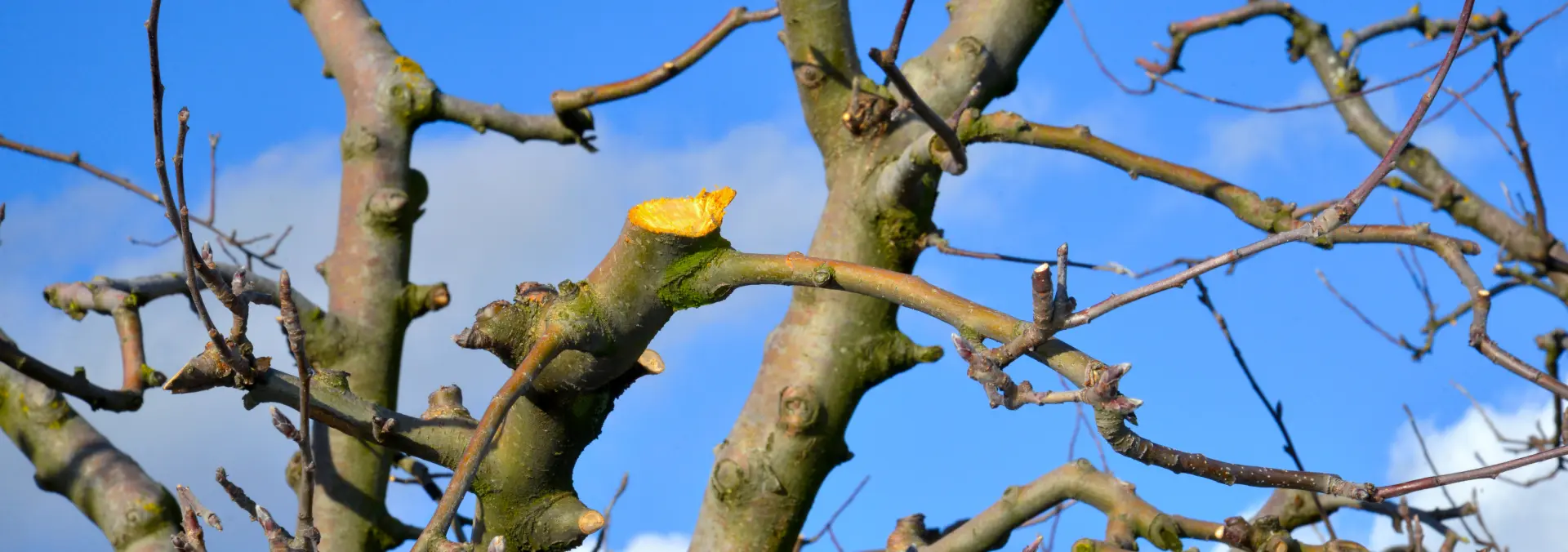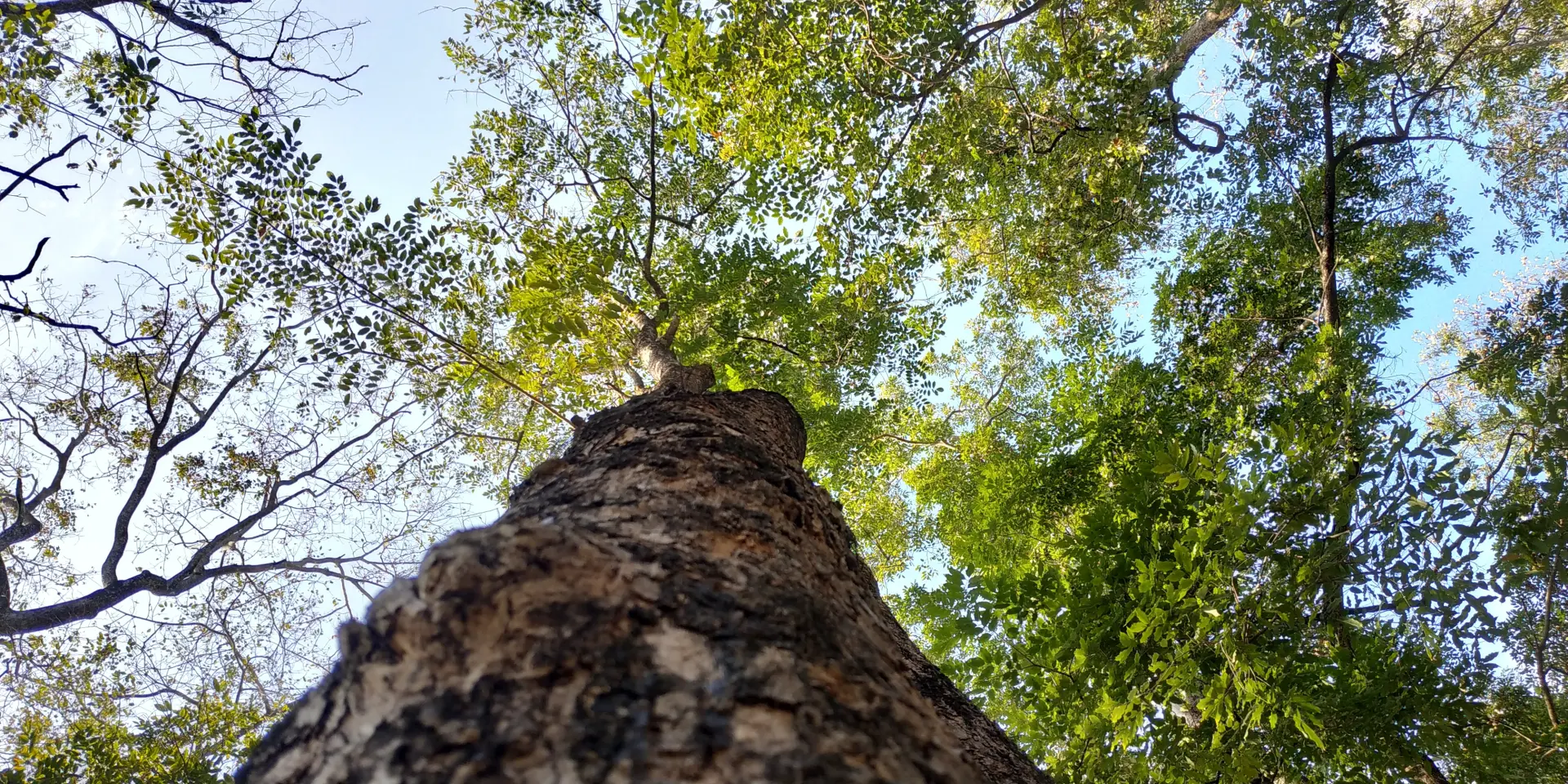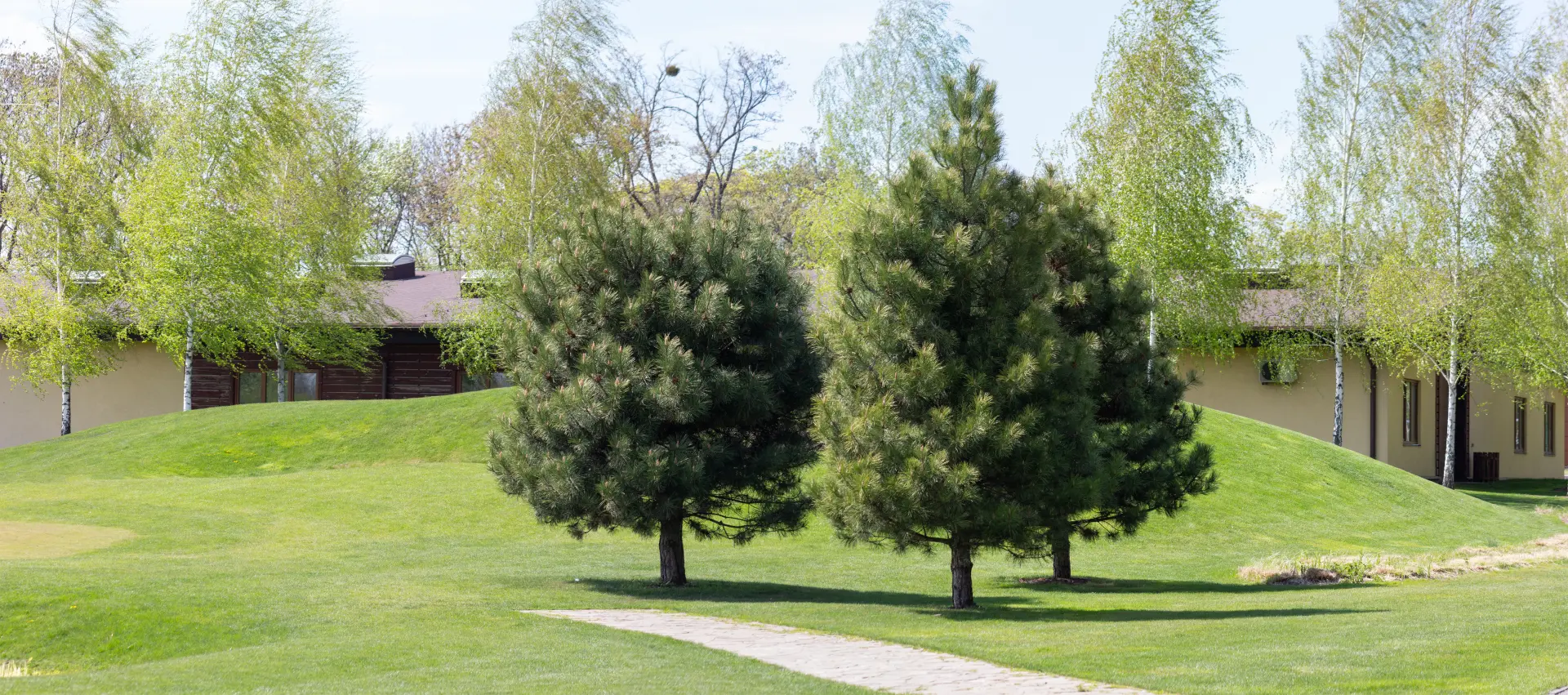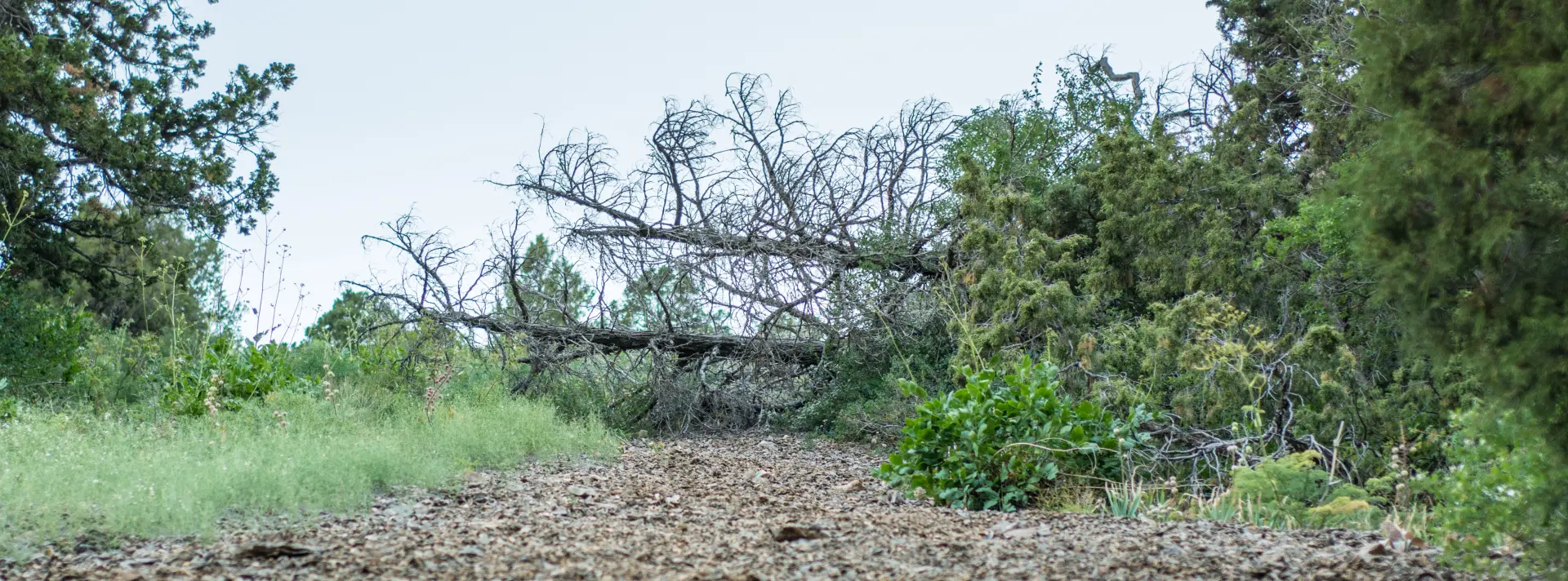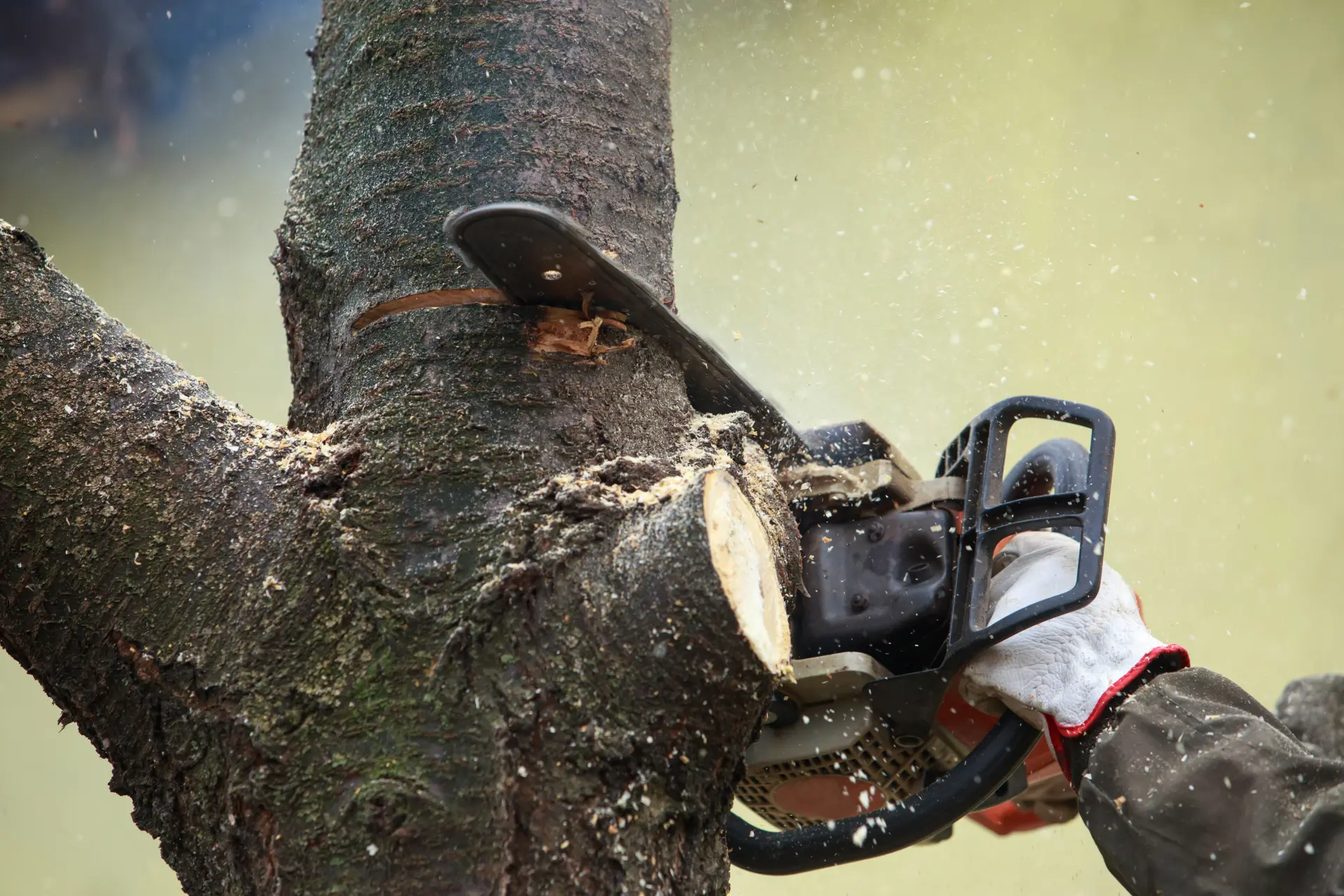Curious about how long it takes for a tree to recover from pruning? Learn about factors affecting recovery time and expert tips for ensuring your tree bounces back efficiently.
Deciduous Tree Recovery Period
Many factors dictate the recovery period for a deciduous tree after pruning. Generally, a deciduous tree's recovery can span from one to five years following pruning.
The tree's size during pruning, the degree of damage from pruning, the tree's health before pruning, and the environmental conditions afterwards all contribute to the recovery period. New branches and leaves start sprouting and gradually cover the pruned areas during the healing period.
Another important element of the recovery process is the wound closure around where each cut was done, starting from what's called the 'branch collar'. This healing procedure is crucial for the tree's health and can span over several years, depending on the size and nature of the pruning cuts.
If pruning is done properly, where only redundant or dead branches are removed, the healing process can often be much faster. Every pruning cut causes a wound on the tree and forms a scar, which slowly mends over time; the tree's trunk can also reshape to make up for the loss of foliage.
In summary, several factors impact a deciduous tree's recovery from pruning - these can include the overall health of the tree, the expertise of the pruner, and the care it's given afterwards.
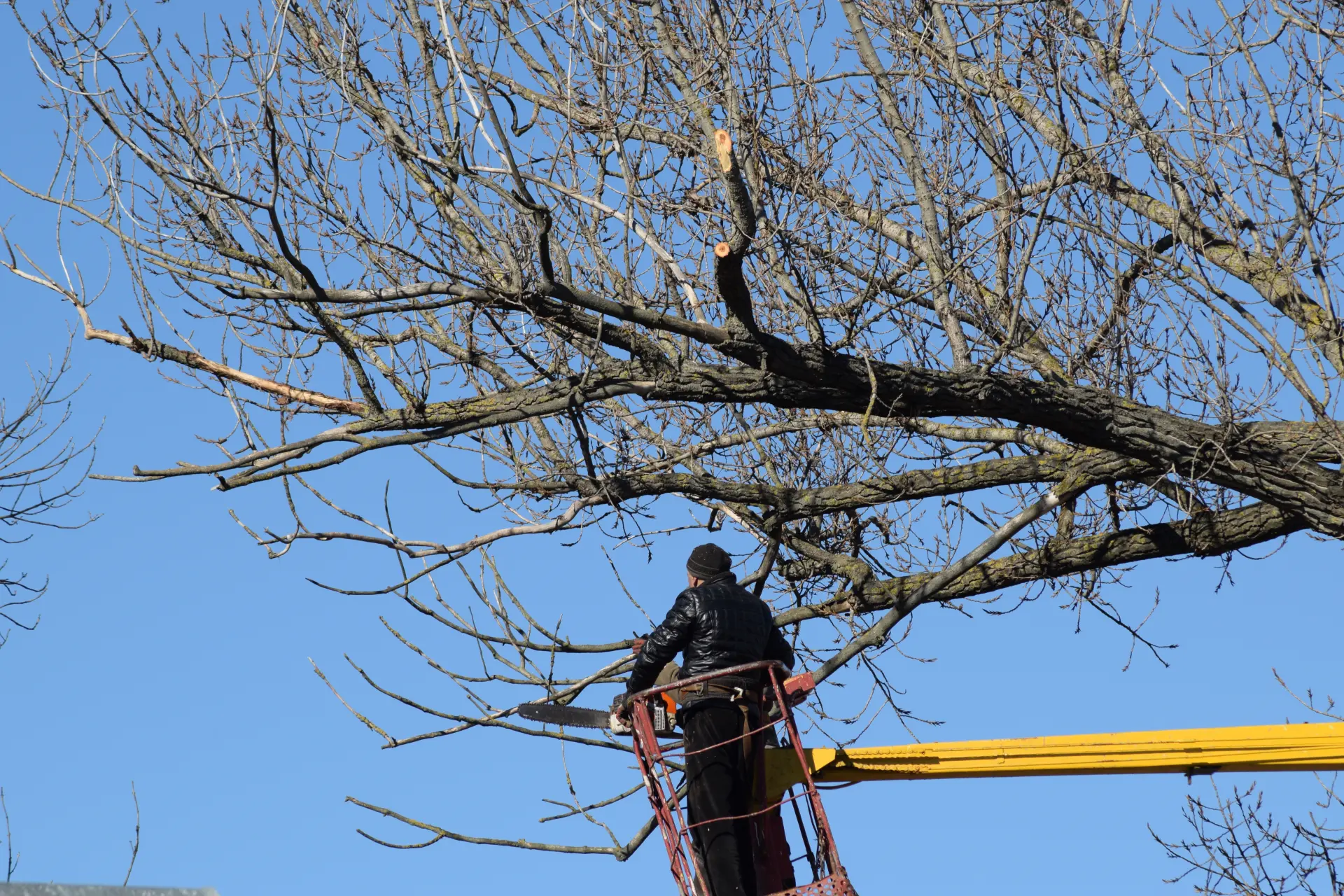
Coniferous Tree Recovery Period
Coniferous trees have a distinct recovery process and schedule following being pruned. Compared to their deciduous counterparts, their recovery time is much more prolonged - on average, a coniferous tree can need a period of between five to ten years to fully rejuvenate its branches and revert to its original form after significant pruning.
The telltale signs of recovery in a coniferous tree include the resurgence of lush, green foliage, the sprouting of new growth at the sites of pruning, and subtle, gradual alterations in the tree's height and girth year after year.
A healthy colour transformation from tones of grey to vivid shades of green can also signify the tree's regrowth. When tending to coniferous trees, it's crucial to be cautious while pruning; this is because these species are not naturally prone to generate fresh growth from old wood - making extensive pruning a bad idea.
Instead, pruning should mainly aim to remove diseased or dead branches; this type of approach to pruning not only diminishes the size of the wounds created but also steers the tree's energy towards the healing and recovery process.
For the majority of trees, the best pruning seasons are autumn and winter. These are periods when the numbers of insects, fungi and bacteria are minimal, which helps reduce the risk of infection or infestation. Simultaneously, it's during these seasons that the leaves, having fallen, expose the tree's branches and limbs, helping to provide visibility while pruning.
However, coniferous trees need a different care routine compared to deciduous - they should be trimmed during the spring and summer months. Pruning conifers in autumn could potentially lead to permanent harm; therefore, if a coniferous tree is part of your garden, it's wise to use the services of a local tree surgeon. This is because they can assess your tree and provide a tailored maintenance plan for you to follow.
When Is The Best Time To Prune?
Research suggests that the best time to prune deciduous and coniferous trees typically falls during late winter or early spring. This period coincides with the tree's dormant stage, which is beneficial for several reasons - firstly because trees are less susceptible to disease or attacks from insects while they're dormant; pruning at this time reduces the chances of infections or bug infestations.
Secondly, the timing aligns with the onset of spring, which is when trees experience a surge in growth and the healing process is naturally heightened. The cuts or wounds produced by pruning during this stage tend to recover quicker, which helps minimise any long-term harm.
Another benefit of pruning deciduous and coniferous trees during their dormant phase is the visibility of the tree structure. With no leaves obstructing the view, finding which branches need to be pruned becomes easier. Though late winter and early spring are generally recommended for pruning, it's important to recognise that the ideal timeframe can differ depending on the specific tree species and the reason behind the pruning.
For example, if an abundance of pruning occurs just before an expected growth period, a tree can distribute energy to produce new shoots instead of fostering root growth or storing reserves. Over time, this could negatively affect the overall health of the tree.
Pruning Mistakes You Should Avoid
Pruning trees is a task that can sometimes be done incorrectly, which can potentially damage the health of your plants and trees. One common error is excessive pruning, sometimes referred to as over-pruning. This means that you're removing too many branches or leaves, which places significant stress on the tree and can hinder its recovery.
Cutting into the branch collar - which is the point where the branch connects with its parent stem - is another misstep you should avoid, as it disrupts the plant's natural healing process and increases its vulnerability to diseases.
Additionally, it's important to make sure that your cuts are at the right angle. Cutting at the wrong angles can result in improper healing and can cause the growth of the tree to be lopsided; it's recommended to cut the branches at a 45-degree angle to promote better healing and growth.
Lastly, make sure not to leave stubs behind when removing branches - these leftover pieces can rot and this decay could potentially spread to the trunk, which places the entire tree at risk of disease. In summary, proper pruning techniques can make a significant difference to the health and growth of your trees and plants.
Benefits Of Using A Professional Arborist For Tree Pruning
Using the skills of a professional arborist for tree pruning can provide a range of benefits. Trained arborists have an extensive understanding of tree care; they use their wisdom to conduct suitable pruning, stimulate healthy tree development, and deter diseases. Arborists can boost not only the health of your trees but their visual appeal too.
Moreover, professional arborists have the expertise to identify the perfect timing for pruning different species of trees. Their precision in making cuts not only promotes efficient tree growth but also avoids causing unnecessary strain to the tree - this precision can play a vital role in extending the life and health of your trees.
Safety is another significant advantage of using a professional arborist's services. These experts are trained to minimise potential hazards during the pruning process, ensuring that no harm is caused to you, your property, or the surrounding environment.
Are you looking for professional tree pruning services in Aberdeenshire? We offer a full range of tree maintenance services for Dundee, Forfar, Angus and the surrounding areas. Call to find out more.

